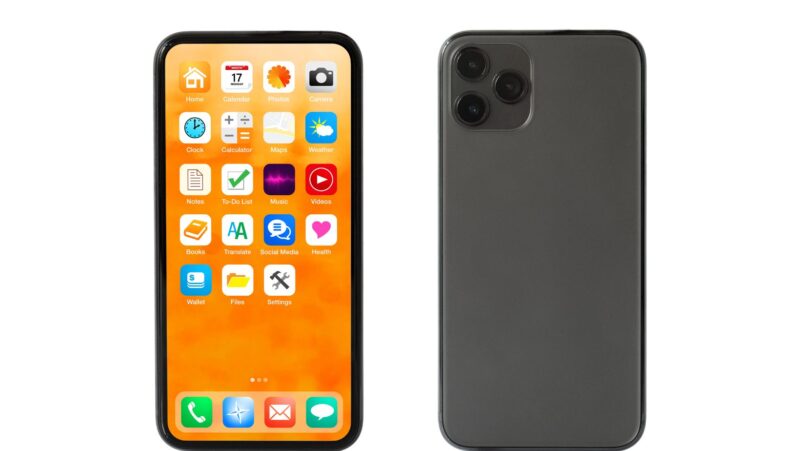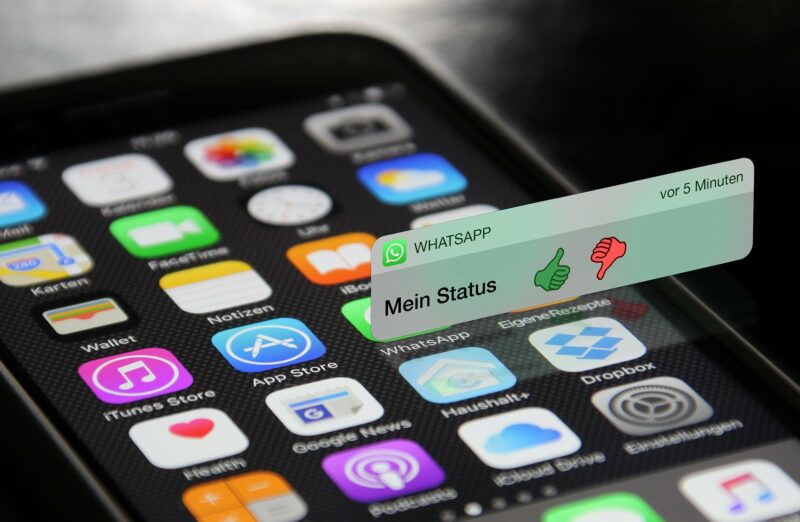
The Apple Push Notification service’s (read more about it at https://www.nashpush.com/apple-push-notification-service) authentication and permission processes are a typical source of frustration for developers working with iOS push notifications. Keys and certificates for APNs may be difficult for developers to generate, manage, and use. When debugging authentication issues, it’s common practice to check the app’s backend server for the proper configuration of the APN key or certificate. Key or certificate association with app bundle identification must be accurate. Before using an APNs key in a production or development environment, developers should verify that it has the proper authorization. In addition, during debugging, it may be necessary to verify that the code on the server side properly manages authentication tokens and creates a secure connection to the APNs server.
Resolving Registration Failures In Device And Token Management
The administration of tokens and devices is another typical problem with implementing iOS push notifications. When devices don’t sign up for push notifications or when tokens expire or become invalid, developers may encounter problems. In order to fix these problems, you need to verify that the app’s code properly seeks the user’s permission for push notifications and manages the registration process. If developers want to fix issues with tokens, they should make sure the app handles token changes and refreshes properly. Keeping a working connection with the APNs server requires frequent refreshing and updating of tokens, particularly after app upgrades or reinstallations. To avoid problems caused by token expiry or invalidation, it is crucial to carefully monitor and manage device tokens.

Fixing Delivery Failing And Interaction Problems For Optimal Notification Delivery And Engagement
Issues that arise with the installation of push notifications on iOS include optimizing notification delivery and guaranteeing user engagement. Some of the possible causes of delivery failures are:
- Incorrect payload formatting.
- Challenges with network connection.
- Errors on the server side.
When troubleshooting, make sure the notification payload is constructed appropriately and follows Apple’s requirements so it can transmit the required message. Additionally, developers need to look into any network-related problems that may be preventing the app server and APNs infrastructure from communicating with each other. Troubleshooting may also include tactics to improve the timeliness and relevancy of notifications, which might increase user engagement. To enhance engagement rates, it is helpful to analyze user behavior and preferences in order to customize alerts. Personalization, testing, and analysis of variance are all viable options.
In general, typical difficulties with APN authentication and authorization, device registration, token administration, delivery optimization, and user engagement are associated with deploying iOS push notifications. While debugging these problems, developers should be very careful to confirm the APN keys or certificates properly, handle device registration and token renewals correctly, and optimize notification payloads for relevance and accurate formatting. To further aid in troubleshooting and resolving issues that may arise during the deployment of iOS push notifications, it is important to continuously update token management methods, monitor and diagnose network-related difficulties, and enhance notification timing and content tailoring.











